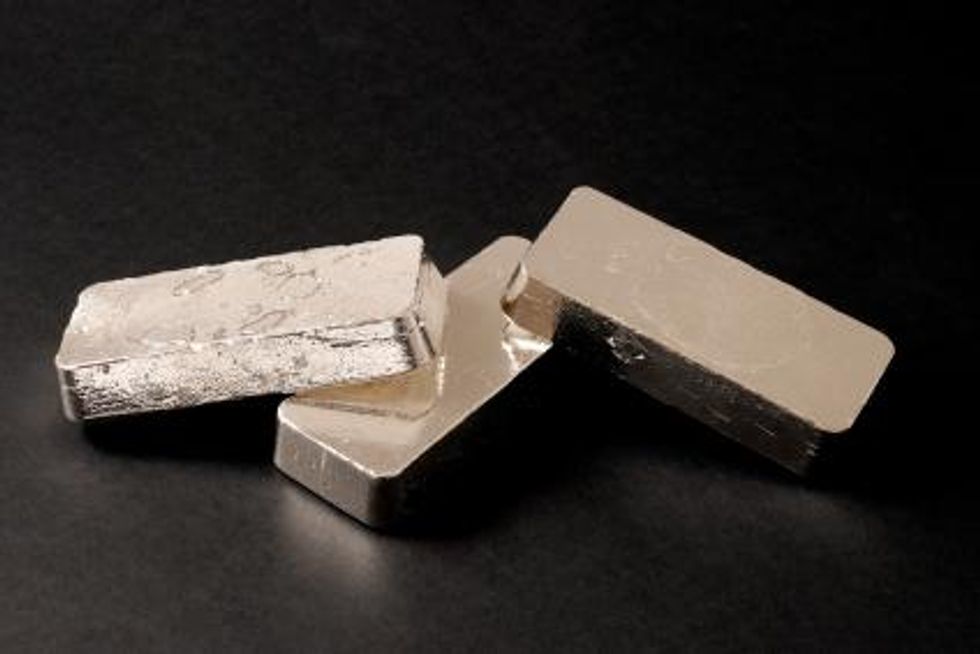The drive for silver is split between its role as an industrial metal and as a hedge against inflation has never been more evident as it is today.
The drive for silver is being split between its role as an industrial metal and for its store value as an investment. This diversion has never been more evident as today, with gold climbing to new highs and investors looking for more affordable financial safe havens.
“Silver is officially a metal that has a set of different uses, and one is certainly as an industrial metal, there’s no question about that,” said Dr. Michael Berry, Editor of Discovery Investing. “But it’s a critically important metal from the perspective that it has or is morphing to have monetary value, and its price is up because of its precious metal role.”
Some analysts still warn investors that despite its changing role, it should still not be viewed as a currency hedge in the same way as gold, because at the end of the day, it will remain primarily an industrial metal. This can be exemplified by the fact that although many countries’ central banks keep gold reserves as a store of value, none have any holdings of silver.
Still, its role as an industrial metal alone does not explain the rise in price over the past decade from around $4 an ounce in 2001, to its current around $40. In fact, silver has been outperforming other commodities with a much more strictly industrial use. Recently, when Standard & Poor’s downgraded the United States’ credit rating, stocks and commodities were hit hard – the price of copper dropped four percent – while silver made gains of more than five percent.
“If it were just an industrial metal, it would be down like copper is down, for example. What you’re seeing here is a turn to precious metals for the security and the safety of the value of the storage of those entities,” said Berry. “It’s not acting like a commodity, it’s acting like an asset with store value.”
Silver is beyond question a metal with growing industrial and technical applications. Solar photovoltaic cells are among the emerging uses for this metal, predicting that there will be substantial demand well into the foreseeable future.
The result of this dichotomy of uses is a higher level of volatility for investors. This became clear in late April and early May when prices dropped from a high of $48.58 an ounce to a low of $31.57 in a matter of days.
Still, analysts don’t see the role of silver for its store value disappearing any time soon. Feelings of global economic insecurity drive investment in precious metals and silver demand is outpacing supply – particularly in emerging markets like India and China.
“You don’t get a decade long bull market in gold and silver – although silver is much more volatile – without having a very serious reason for that,” said Berry.





